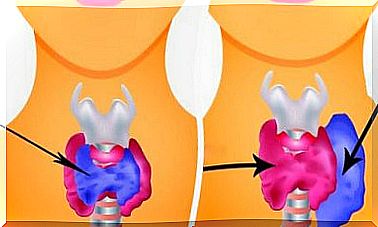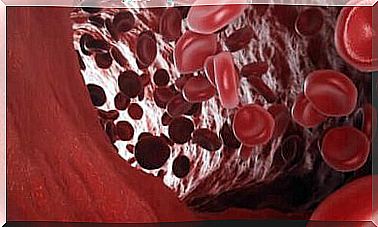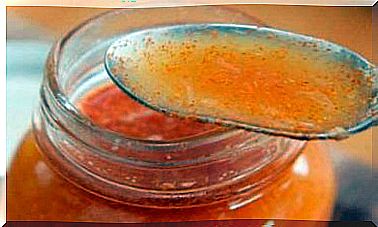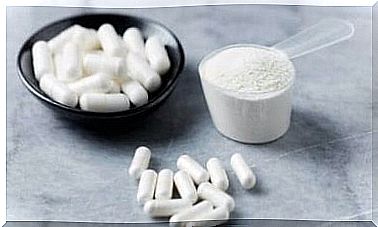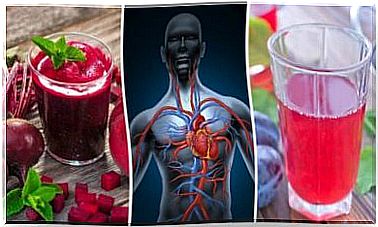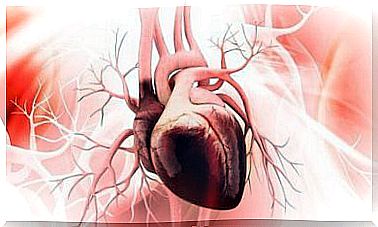Compression Stockings: How Do They Work?
Compression stockings can come in different sizes and types, to suit each patient. Find out everything you need to know about them in this article.

Compression stockings are a special type of stocking which in recent years has gained in importance for the treatment of chronic venous insufficiency. In other words, they are generally used to prevent or improve typical varicose veins in the legs.
These are socks that are tighter and more resistant than normal socks. They can be made of different materials, from silk to nylon or lycra. In addition, we custom designs so that they adapt to each patient and their needs.
Compression stockings work through elastocompression. They compress the legs to allow the blood, thanks to this pressure, to go from the feet to the heart. In this article, we will explain everything you need to know about these stockings.
Venous insufficiency
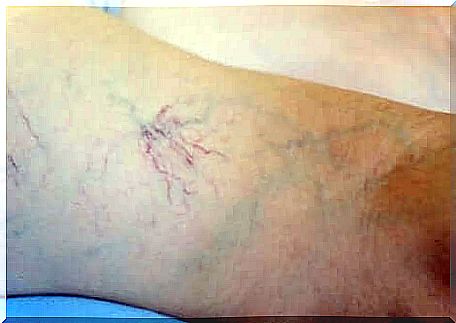
Venous insufficiency is a disease which affects almost 25% of the population and which, moreover, sees its incidence gradually increase. It affects almost five times more women than men and also increases with age.
With this pathology, the veins in the legs lose their ability to bring blood from the feet to the heart. This happens, among other reasons, because the valves which are present inside the veins and which prevent the blood from flowing back, fail.
When this happens, blood tends to pool in the feet, with all the problems that entails. At first, the legs swell and fatigue accumulates in this area. It’s even normal to have cramps or a tingling sensation.
Nevertheless, the most striking of this disease is the presence of varicose veins. They appear as purplish spots on the skin, but are actually dilated veins. Their main cause is sedentarism because physical activity and muscle movement help the veins to push blood.
Thus, it is typical to see them in older women who spend a lot of time sitting. Likewise, studies link venous insufficiency to tobacco, obesity, alcohol or certain medications.
How do compression stockings work?
Compression stockings have made the treatment of venous insufficiency more comfortable, discreet and effective. They help improve venous circulation by relieving the symptoms of varicose veins.
As the name suggests, compression stockings compress the legs. However, they do not do it the same all over the leg but exert different pressure in each spot.
The pressure is maximum in the area of the feet and decreases as one gets closer to the thigh. They thus allow the blood to continue on its way to the heart. In addition, they prevent the veins from continuing to dilate.
It may sound a little uncomfortable, but today scientific advancements have made compression stockings easier to wear and more aesthetic. In fact, they are not all alike: they are tailor-made for each patient, based on their disease and characteristics.
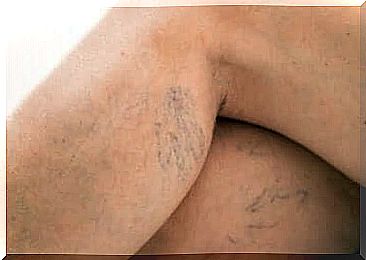
What types of compression stockings are there?
First of all, it should be noted that compression stockings are not all the same shape and size. Depending on the pathology we are trying to treat, they can be sock, medium, high or panty sizes.
Short compression stockings reach below the knee. Their main difference from socks is their fabric because the latter are thicker and more suitable for winter. Long stockings adjust up to mid-thigh, while pantys go up to the waist.
Depending on the desired effect, compression stockings can also vary in their pressure. Those with a lower pressure, around 14 mmHg, are usually used in people who have a predisposition or are starting to suffer from the disease.
As the venous insufficiency progresses and symptoms increase, compression stockings tighten more and more. Most importantly, remember that they must be tailor-made to suit individual needs.
Treatment for venous insufficiency
Compression stockings are strong stockings, which are made to stimulate the return of blood from the feet to the heart. They are used in people who suffer from venous insufficiency and are currently one of the most effective treatments.

